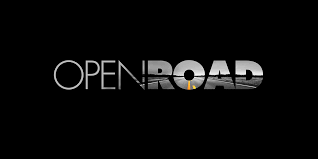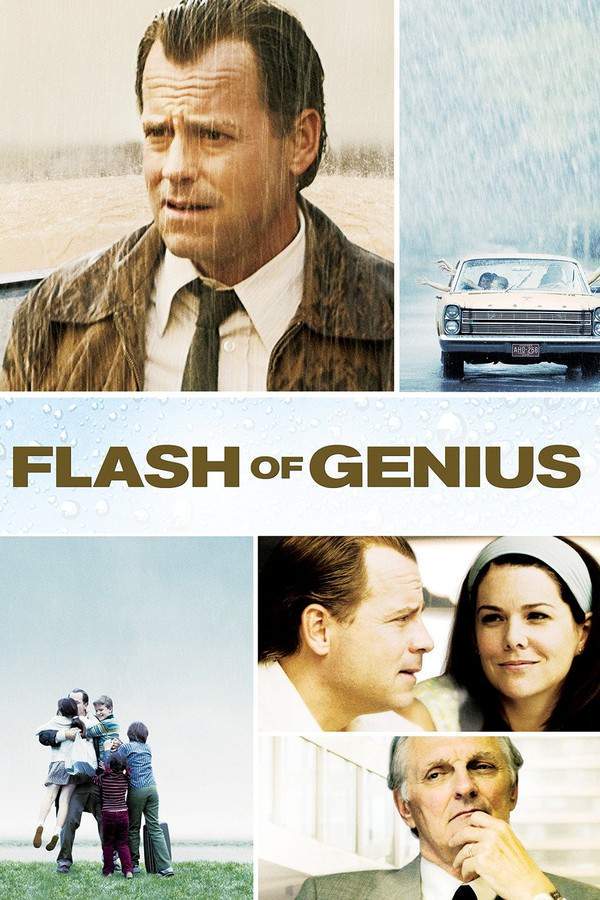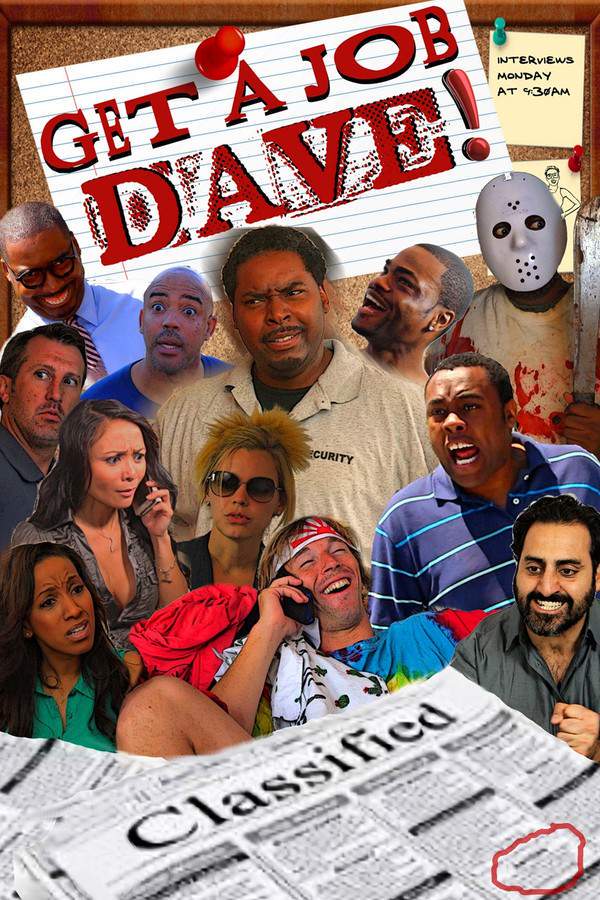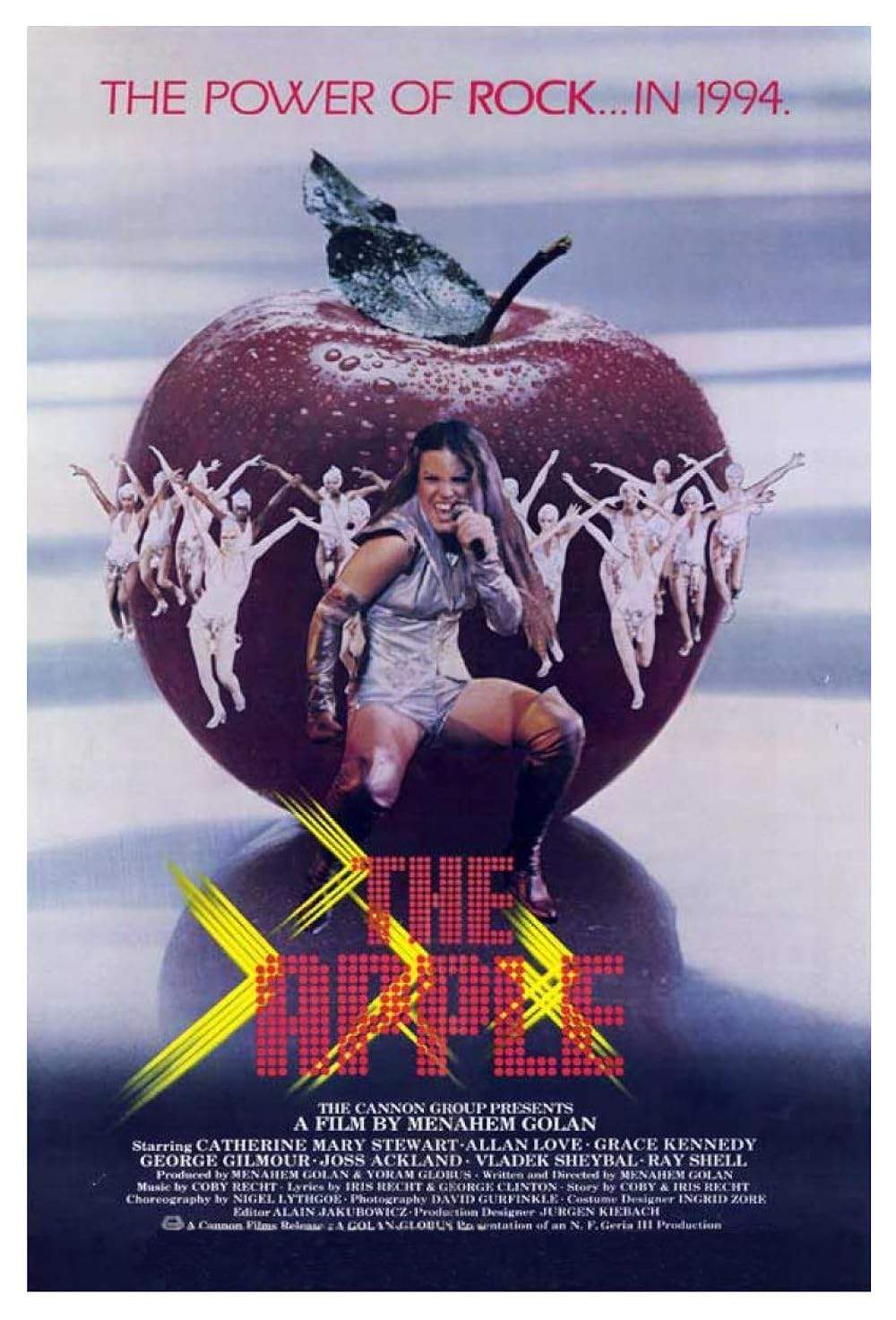
Jobs 2013
Directed by

Joshua Michael Stern
Made by

Open Road Films
Test your knowledge of Jobs with our quiz!
Jobs Plot Summary
Read the complete plot summary and ending explained for Jobs (2013). From turning points to emotional moments, uncover what really happened and why it matters.
The film begins in 2001, featuring Steve Jobs unveiling the iPod during an Apple Town Hall meeting. From here, it transitions back to 1974 at Reed College. Having dropped out due to exorbitant tuition fees, Jobs still attends classes under the mentorship of Dean Jack Dudman, who’s taken a special interest in him. Among his pursuits, Jobs becomes captivated by a calligraphy course. During this time, he reconnects with his friend Daniel Kottke, who expresses excitement upon discovering Jobs holding a copy of Be Here Now by Baba Ram Dass. This encounter, combined with Jobs’ experimental experiences with LSD, leads them on a transformative journey to India.
Fast forward to 1976, we find Jobs back in Los Altos, California, living with his adoptive parents, Paul and Clara. While working at Atari, he forms a partnership with his friend Steve Wozniak, who just created a personal computer known as the Apple I. They decide to establish their own company, Apple Computer, despite the existence of another company called Apple Records, owned by The Beatles, prompting playful jabs from Wozniak about Jobs’ preference for Bob Dylan over them.
Wozniak demonstrates the Apple I at the Homebrew Computer Club, leading to a pivotal contract with Paul Terrell. As he seeks approval from his mechanically-inclined father, Jobs transforms the family garage into a workspace for their nascent enterprise. Adding a talented team including Ron Eldard and others, they strive to create the Apple I. Despite initial disappointment from Terrell, they secure funding from Mike Markkula, allowing them to progress.
Together, Jobs and Wozniak unveil the Apple II at the 1977 West Coast Computer Faire, a groundbreaking success that catapults them into fame. However, with newfound success comes estrangement; Jobs distances himself from longtime friends, including Kottke and high school girlfriend [Chris-Ann Brennan](Ahna O’Reilly), especially after she reveals her pregnancy. Eventually, she gives birth to Lisa Brennan-Jobs, whom Jobs adamantly denies as his daughter. In an effort to stabilize the company, he recruits John Sculley as CEO.
As Jobs’ behavior spirals, he experiences tensions within the company, notably leading to his removal from the Lisa project to oversee the Macintosh Group. Employed with a talented crew, including [Bill Atkinson](Nelson Franklin), Jobs pushes out the group’s original leader, Jef Raskin. Although the Macintosh launches with significant acclaim in 1984, by 1985, he is ousted by Sculley.
The narrative then jumps to 1996, showcasing Jobs’ personal evolution; he is now married to [Laurene Powell Jobs](Abby Brammell) and acknowledges Lisa, who lives with him. They have a son, Reed. Running NeXT, Jobs is approached by CEO Gil Amelio to consult for Apple. Soon, he’s reinstated as CEO, dismissing Amelio and [Markkula](Dermot Mulroney), who had abandoned him years ago. Jobs immerses himself in the innovations led by Jonathan Ive and resumes the transformation of Apple. The film culminates with Jobs recording the dialogue for the Think Different commercial in 1997. The credits close with original photos of key characters, including Jobs himself and those depicted in the film.
Jobs Timeline
Follow the complete movie timeline of Jobs (2013) with every major event in chronological order. Great for understanding complex plots and story progression.
iPod Unveiling
In 2001, Steve Jobs reveals the iPod during an Apple Town Hall meeting. This moment marks a significant leap in personal technology, showcasing Apple's innovative spirit and setting the stage for the company's future successes.
Jobs at Reed College
The story flashes back to 1974, where Jobs is attending Reed College after dropping out. Despite his decision, he still takes classes, seeking knowledge and inspiration, particularly from a calligraphy course.
Reconnecting with Daniel Kottke
During his time at Reed, Jobs reconnects with friend Daniel Kottke, who excitedly sees him reading 'Be Here Now' by Baba Ram Dass. This meeting embarks them on a transformative journey that includes experimental experiences with LSD.
Trip to India
Jobs and Kottke's shared experiences lead them to India, seeking enlightenment and deeper understanding. This journey becomes a pivotal moment in Jobs' life, influencing his approach to business and design.
Apple Computer Foundation
In 1976, Jobs returns to Los Altos, California, living with his adoptive parents. He partners with Steve Wozniak, who has developed the Apple I. Despite potential legal conflicts with Apple Records, they start their own company, Apple Computer.
Homebrew Computer Club Demonstration
Wozniak showcases the Apple I at the Homebrew Computer Club, which helps them secure a critical contract with Paul Terrell. This demonstration proves vital in establishing their presence in the burgeoning personal computer market.
Transforming the Garage
Jobs transforms his family's garage into a workplace for Apple Computer. As they gather a talented team, they work tirelessly to bring the Apple I to life, illustrating the humble beginnings of their tech empire.
Funding from Mike Markkula
After facing initial setbacks, Jobs and Wozniak secure essential funding from Mike Markkula. This financial backing enables them to push forward with their vision for Apple, turning it into a legitimate startup.
Launch of Apple II
In 1977, Jobs and Wozniak unveil the Apple II at the West Coast Computer Faire. This product becomes a landmark success, propelling them into the spotlight and laying the groundwork for future products.
Personal Turmoil
With their rapid success, Jobs experiences personal estrangement from longtime friends and his girlfriend, Chris-Ann Brennan. When she reveals her pregnancy, Jobs denies paternity, complicating his personal life.
Hiring John Sculley
To stabilize Apple, Jobs recruits John Sculley as CEO. This decision marks a critical turning point for both Jobs and the company, as he seeks to align leadership with the company's fast-paced growth.
Leadership Changes
Jobs faces challenges within the company, leading to his removal from the Lisa project. He is designated to lead the Macintosh Group, where tensions rise as he asserts control over the original team.
Macintosh Launch
The Macintosh is launched in 1984 to significant acclaim, showcasing Jobs' vision for personal computing. However, the success is overshadowed by internal conflicts and changes within the company’s structure.
Ousting from Apple
By 1985, Jobs is forced out of Apple by Sculley, marking a painful chapter in his career. This ousting leads Jobs to explore new ventures, including the founding of NeXT.
Return to Apple
In 1996, after years away from Apple, Jobs is invited back as CEO, leading to a period of revitalization. He dismisses former adversaries and fuels innovations that reestablish Apple's position in the tech industry.
Think Different Commercial
The film concludes with Jobs recording dialogue for the iconic Think Different commercial. This moment symbolizes his enduring influence on the company and his role in shaping modern technology.
Jobs Characters
Explore all characters from Jobs (2013). Get detailed profiles with their roles, arcs, and key relationships explained.
Steve Jobs (Ashton Kutcher)
Steve Jobs is portrayed as a visionary and relentless innovator whose passion for technology is matched only by his complex personality. Throughout the film, he undergoes significant personal growth, grappling with the repercussions of his choices. His commitment to his work often comes at the expense of his relationships, revealing his vulnerabilities.
Dean Jack Dudman (James Woods)
Dean Jack Dudman is depicted as a supportive mentor who recognizes Jobs' potential and provides guidance during his formative years at Reed College. His character represents the importance of mentorship and nurturing talent in a young, ambitious individual like Jobs.
Steve Wozniak (Josh Gad)
Steve Wozniak is shown as the technical genius behind Apple's early products, balancing Jobs' vision with practical engineering skills. His loyalty and friendship provide grounding in Jobs' tumultuous journey, highlighting both collaboration and conflict in their partnership.
Lisa Brennan-Jobs (Ahna O'Reilly)
Lisa is introduced as a pivotal character representing Jobs' personal struggles with fatherhood. Her presence in the story emphasizes themes of denial, acceptance, and the quest for paternal love, shaping Jobs’ character development throughout the film.
Jobs Settings
Learn where and when Jobs (2013) takes place. Explore the film’s settings, era, and how they shape the narrative.
Time period
1974-1997
The film spans from the mid-1970s to the late 1990s, a critical period in the development of personal computing. This era saw the emergence of groundbreaking technologies that changed the way people interacted with machines, with Jobs playing a pivotal role in that transformation. It also reflects societal changes, including the rise of Silicon Valley and cultural shifts in the tech industry.
Location
Reed College, Los Altos, California, India, Homebrew Computer Club
Reed College is a liberal arts college known for its rigorous academic environment and focus on unconventional learning. Los Altos, California, is a quaint suburb known for its tech influence due to proximity to Silicon Valley. India represents a transformative journey for Jobs, reflecting a period of spiritual exploration and self-discovery. The Homebrew Computer Club, a hacker club in Silicon Valley, is where many technological innovations were discussed and tested.
Jobs Themes
Discover the main themes in Jobs (2013). Analyze the deeper meanings, emotional layers, and social commentary behind the film.
🚀
Innovation
Jobs' journey highlights the theme of innovation, showcasing the building of groundbreaking products that reshaped technology. His relentless pursuit of perfection and creativity drove the development of the Apple I and Apple II, pivotal milestones in the computing landscape. The film illustrates how innovation can be both a double-edged sword, offering immense success while straining personal relationships.
👨👧
Fatherhood
The complexities of fatherhood are explored through Jobs' relationships with his child, Lisa, and the tensions that arose from denying paternity. This theme is underscored by Jobs' evolving sense of responsibility and how personal choices impact family dynamics. His journey towards acceptance reflects a deeper understanding of love and connection.
💔
Estrangement
Jobs' ascension to fame comes at the cost of estrangement from old friends and loved ones. As he becomes increasingly consumed by his work, the film highlights the loneliness that can accompany success. This theme serves as a reminder of the balance needed between ambition and personal relationships.

Coming soon on iOS and Android
The Plot Explained Mobile App
From blockbusters to hidden gems — dive into movie stories anytime, anywhere. Save your favorites, discover plots faster, and never miss a twist again.
Sign up to be the first to know when we launch. Your email stays private — always.
Jobs Spoiler-Free Summary
Discover the spoiler-free summary of Jobs (2013). Get a concise overview without any spoilers.
In the restless heart of 1970s Los Altos, a modest garage becomes a crucible for imagination, humming with the promise of a new frontier. The world outside is still defined by analog beeps and clunky mainframes, but inside, the air crackles with the raw energy of a generation eager to rewrite the rules of technology. The film captures that era with a palette that feels both gritty and reverent, inviting viewers to sense the buzz of early computers and the optimism of a nascent Silicon Valley.
At its center is Steve Jobs, a charismatic, mercurial visionary whose relentless pursuit of perfection borders on obsession. He is a restless dream‑weaver, driven by an almost spiritual belief that technology can transform culture and consciousness. By his side is Steve Wozniak, a quietly brilliant engineer whose knack for turning abstract schematics into tangible circuitry provides the pragmatic counterbalance to Jobs’ soaring ideals. Their unlikely partnership blossoms amid late‑night brainstorming sessions, spirited debates, and the palpable tension between creative impulse and practical execution.
The tone of the story is one of electric anticipation, stitched together with moments of quiet introspection and bursts of kinetic collaboration. The garage, cramped and cluttered, feels less like a hindrance than a sanctuary where ideas are tested, discarded, and refined. A subtle soundtrack of whirring fans and scribbled diagrams underscores the duo’s determination, while the surrounding world—students, countercultural influences, and early adopters—adds layers of color and conflict to their quest.
As the film unfolds, it hints at the monumental ripple effects that such a modest beginning could generate, without crossing into the specifics of later triumphs or setbacks. The narrative invites the audience to sit at the edge of invention, feeling the thrill of possibility and the weight of ambition, while leaving the ultimate outcome tantalizingly out of reach—promising a story as much about the spark of creativity as about the legacy it eventually ignites.
Can’t find your movie? Request a summary here.
Movies with Similar Twists and Themes
Uncover films that echo the narrative beats, emotional arcs, or dramatic twists of the one you're exploring. These recommendations are handpicked based on story depth, thematic resonance, and spoiler-worthy moments — perfect for fans who crave more of the same intrigue.
Featured on this page

What's After the Movie?
Not sure whether to stay after the credits? Find out!
Explore Our Movie Platform
New Movie Releases (2025)
Famous Movie Actors
Top Film Production Studios
Movie Plot Summaries & Endings
Major Movie Awards & Winners
Best Concert Films & Music Documentaries
Movie Collections and Curated Lists
© 2025 What's After the Movie. All rights reserved.











